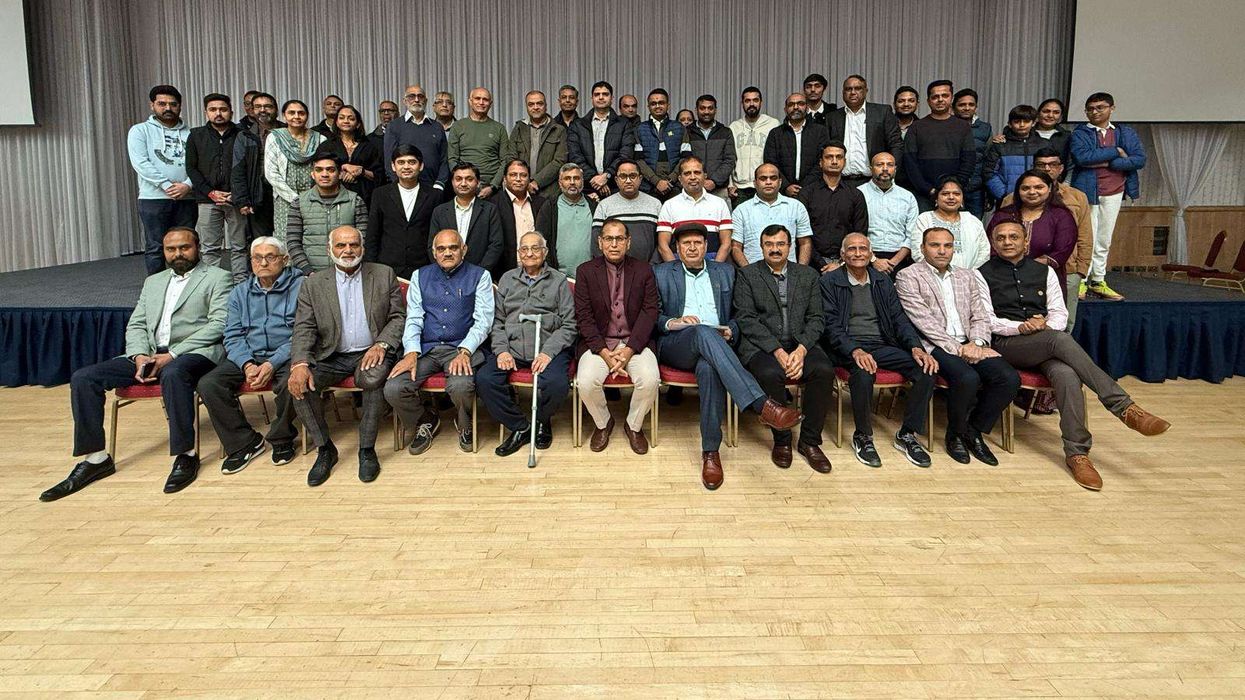AT THE height of his career, Rajesh Khanna reached unparalleled superstardom and generated the kind of mania not seen before or since then.
The iconic actor left behind an impressive body of work, an incredible legacy and love from film fans that became legendary. That is why there was a massive outpouring of grief when he passed away on July 18, 2012, aged 69.
Eastern Eye decided to mark his death anniversary this week by presenting an all you need to know A to Z about his life and career.
A is for Aradhana: Rajesh Khanna became an overnight sensation after playing a dynamic double role in smash hit 1969 romance Aradhana. He packed a generation of heroes into retirement with a perfectly pitched performance and became the undisputed king of Bollywood. The movie kickstarted a golden run of success and created the kind of stardom (see S) not seen before.
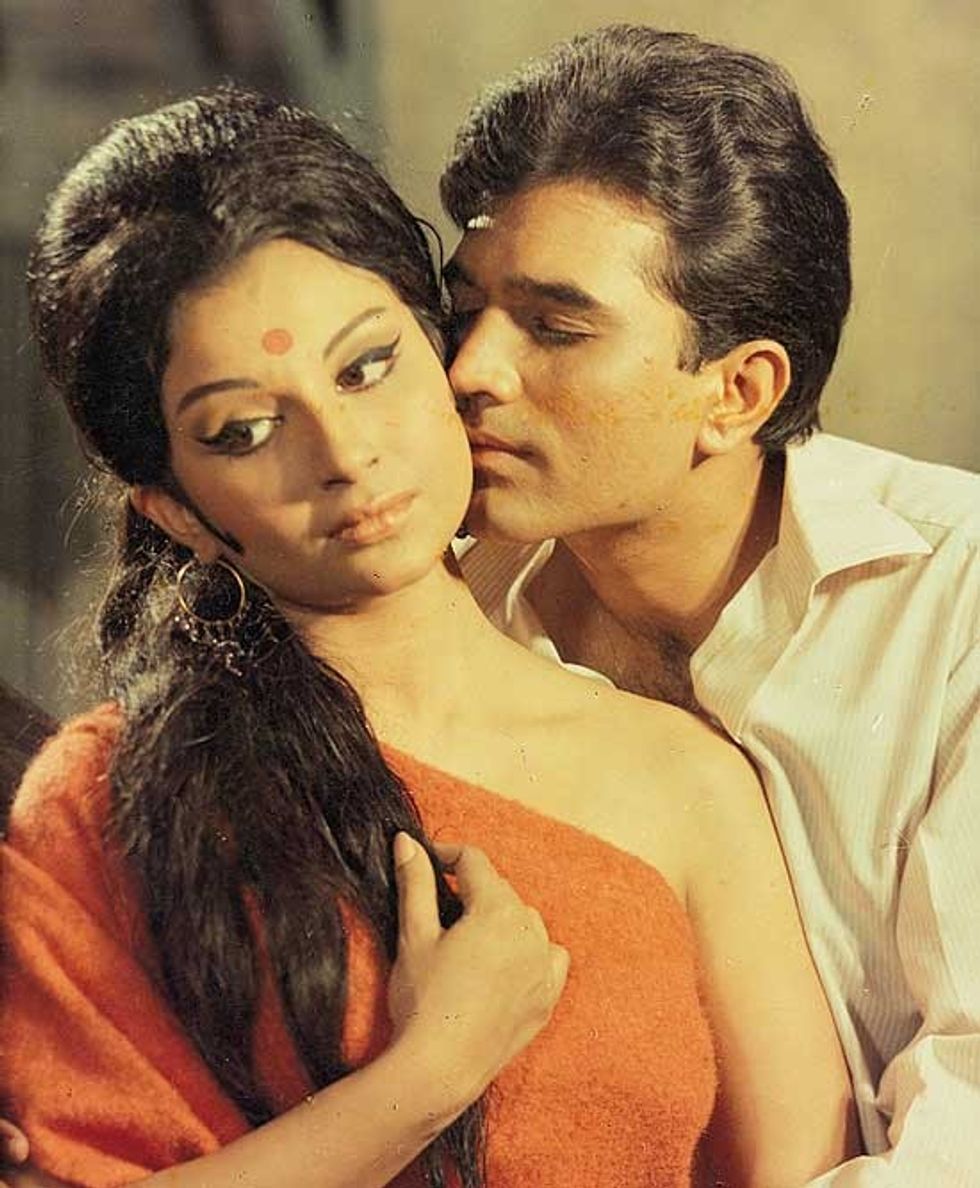
B is for Beginning: The cinema great was born Jatin Khanna on December 29, 1942, in Amritsar, Punjab. He was adopted and raised by Chunnilal Khanna and Leelawati Khanna, who were relatives of his biological parents Lala Hiranand Khanna and Chandrani Khanna. He was later advised to change his first name to Rajesh by his uncle KK Talwar.
C is for College: The naturally gifted youngster first connected to acting by starring in theatre plays during his college days and won multiple prizes. In 1962, he impressed everyone so much with his performance of a wounded mute soldier that a chief guest advised him to pursue a movie career.
D is for Debut: The young hopeful made his film debut with(1966). The critically acclaimed movie became India’s official Oscar entry but didn’t get nominated.
E is for Elephant: Legendary writing duo Salim Khan and Javed Akhtar got their first big break from Khanna, who got them to write Haathi Mere Saathi. The story of a man and his friendship with an elephant became the highest grossing film of 1971 and kick-started the hugely influential duo’s writing career. Two years later they wrote Zanjeer (1973), which enabled Amitabh Bachchan to topple Khanna as the king of Hindi cinema.
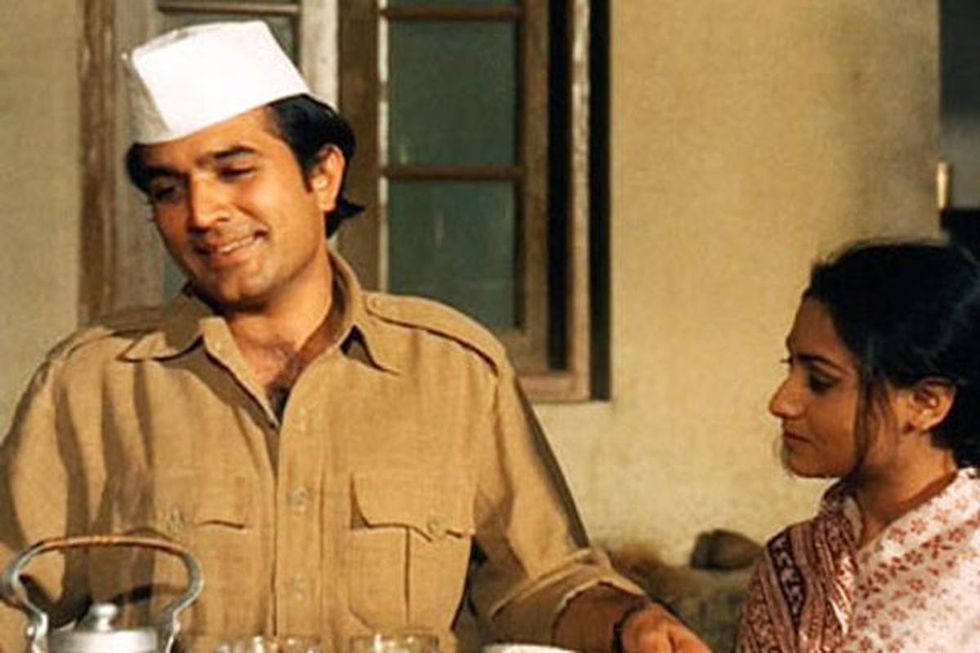
F is for Friendship: The actor shared a very close friendship with RD Burman and Kishore Kumar. The trio worked in 32 films together and collectively delivered some of the greatest songs in Bollywood history, with Khanna picturising songs onscreen that had been composed by Burman and sung by Kumar.
G is for Gandhi: Khanna was persuaded to campaign for the Indian National Congress party by Rajvi Gandhi in the 1980s. He was later elected to political office in 1992 and held office until 1996. He remained politically active until his passing.
H is for Hits: The superstar actor had 15 consecutive solo super hit films between 1969 and 1971. He left behind an impressive body of work that included all-time classics like Aradhana (1969), Do Raaste (1969), Sachaa Jhutha (1970), Anand (1971), Haathi Mere Saathi (1971), Kati Patang (1971), Bawarchi (1972), Daag: A Poem of Love (1973), Amar Deep (1979) and Avtaar (1983). The actor had 11 film releases as a solo lead hero in 1985 and eight of them were hits.
I is for Inspirations: Although he was an idol for many, Khanna did have his own influences. Some of these iincluded cinema icons, Uttam Kumar, Guru Dutt and Meena Kumari. He also once famously said: “My inspirations include Dilip Kumar’s dedication and intensity, Raj Kapoor’s spontaneity, Dev Anand’s style and Shammi Kapoor’s rhythm.”
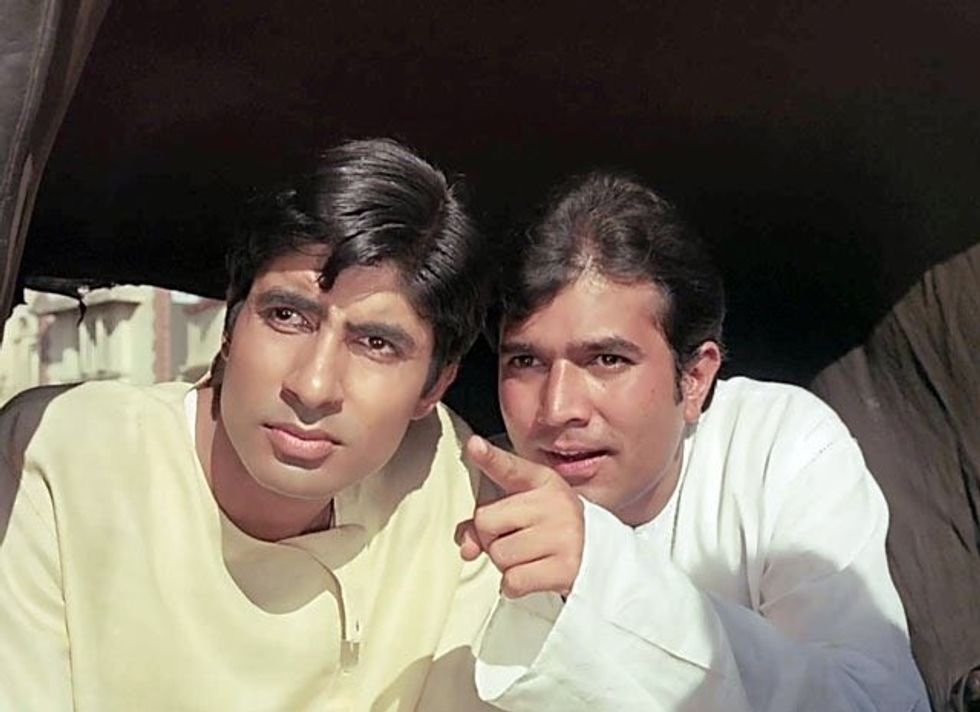
J is for Jokes: Although he was most known as a romantic and dramatic hero, Khanna also showed great comic timing in his movies. He arguably delivered his greatest comedy movies in 1972 with cult classics Bawarchi and Joroo Ka Ghulam.
K is for Kaka: The actor was affectionately know as Kaka by his family, close friends and members of the film industry. It means a baby faced boy in Punjabi.
L is for Legacy: He would inspire a lot of actors and set fashion trends at the height of his fame. On April 30, 2013 he was posthumously bestowed with ‘the first superstar of Indian cinema’ title at the Dadasaheb Phalke Academy Awards. In the same year a postage stamp bearing his face was released in India. On his first death anniversary, a bronze statue of him was unveiled in Mumbai. There have also been books about his career and he regularly makes the list of greatest Hindi cinema stars.
M is for Money: Although Amitabh Bachchan was by far the biggest star of the 1970s, Khanna was the highest paid. This made him one of the wealthiest stars of his generation.
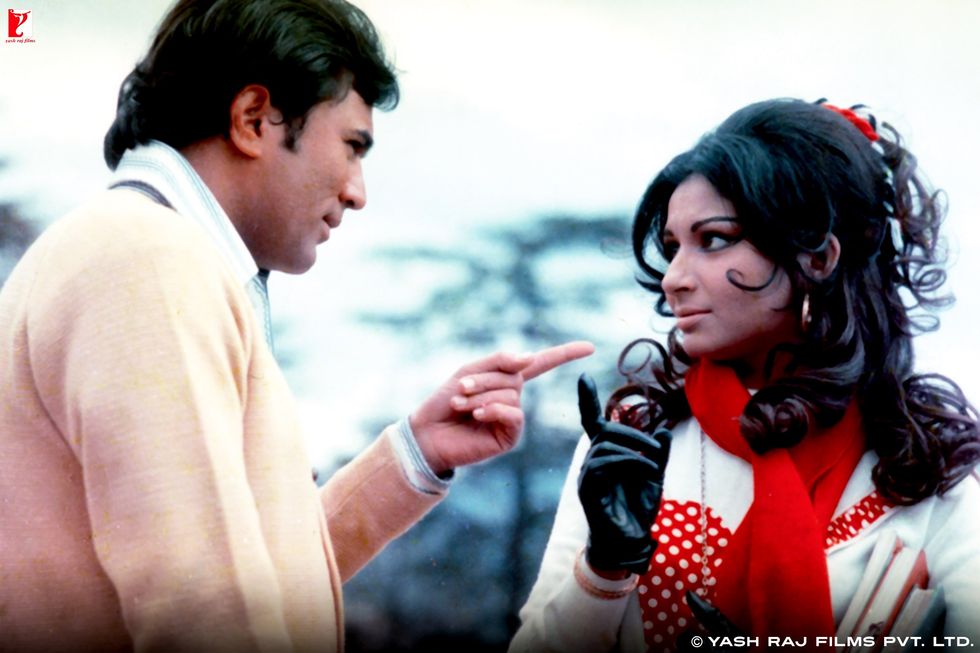
N is for Namak Haraam: Khanna starred opposite newcomer Amitabh Bachchan in Anand (1971) and Namak Haraam (1973), which both became a passing of the crown from one king to another.
O is for Offspring: Both his daughters Rinke Khanna and Twinkle Khanna pursued acting. Akshay Kumar became his son-in-law after marrying Twinkle.
P is for Passing: The actor passed away on July 18, 2012 after a long battle with cancer at his famous residence, which was named Aashirwad. Nearly a million people, including celebrities attended his funeral. He left a pre-recorded final video message for family and friends, which concluded with the line, “time is up, pack up.”
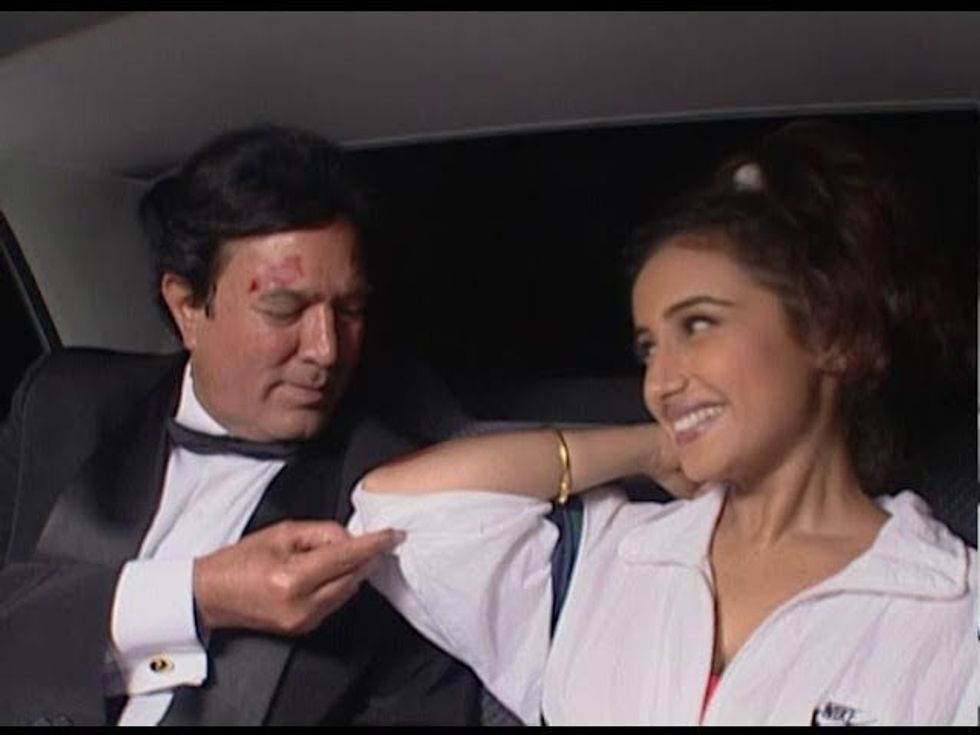
Q is for Quote: The actor delivered many memorable dialogues throughout his career, including the unforgettable line from his movie Anand, “Babumushoi, zindagi badi honi chahiye, lambi nahin,” (My friend, life should be big, not long). He also delivered a memorable quote on famous interview show Aap Ki Adalat in 1992, where he said: “If I am arrogant, how come all these producers made so many films with me. My fans who turned this actor into a superstar would have never accepted me if I was arrogant. If I was arrogant people would not have made me a Lok Sabha member because if someone is arrogant, that arrogance is visible. And this public knows everything and understands everything”.
R is for Risayat: He made his final big screen appearance in delayed action film Riyasat, which was released two years after his death in 2014.
S is for Superstardom: He was the first Bollywood star to prompt real mania amongst fans. At the height of Khanna’s fame screaming women kissed his car window, married photos of him and wrote fan letters in blood. The BBC made a documentary on him in 1974 titled Bombay Superstar, which looked at the mania surrounding him. Legendary actress Sharmila Tagore, who had starred opposite him, once said of his stardom: “Women came out in droves to see Kaka. They would stand in queues outside the studios to catch a glimpse. He needed police protection when he was in public. I have never seen anything like this before or since.”
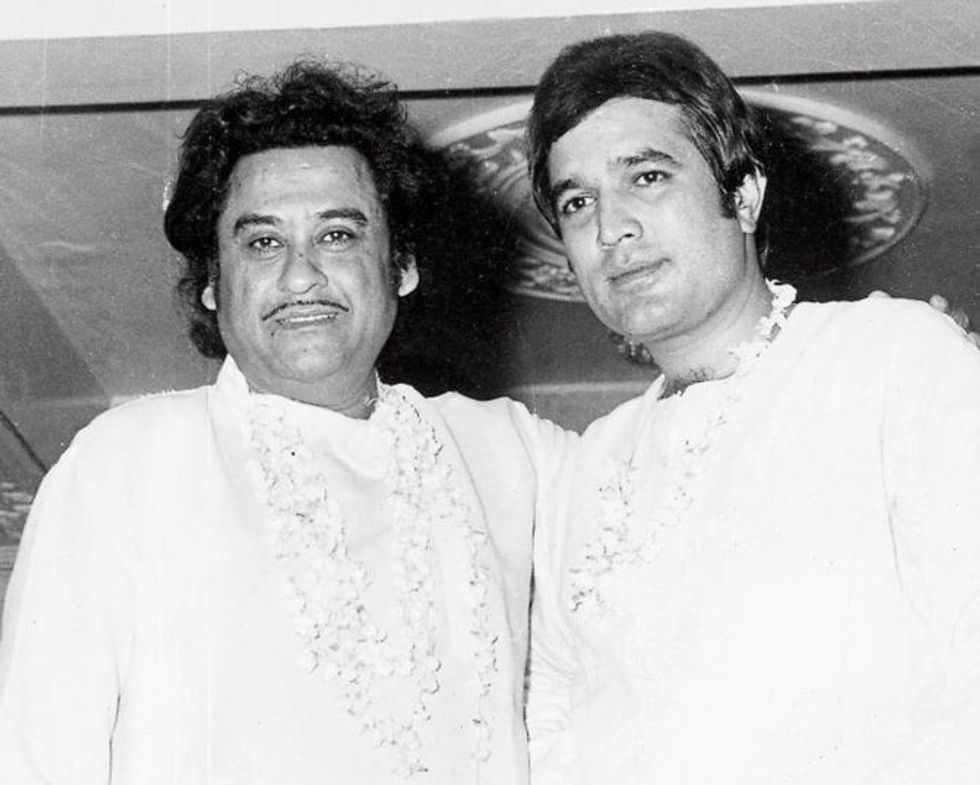
T is for Television: After failing to find decent movie projects later in his career, the cinema icon played the lead role in hit TV serials Aapne Parai, Ittefaq, Bhabhima and Raghukul Reet Sada Chali Aayi.
U is for United Producers: In 1965 the All India Talent Contest was organised by United Producers and Filmfare. The judges included legendary filmmakers like BR Chopra, Bimal Roy, Nasir Hussain, Shakti Samanta and Subodh Mukherji. The aspiring hopeful beat off more than 10,000 contestants to win the contest, along with actress Farida Jalal. The prize was a three film contract with Raaz (1967), Aurat (1967) and Baharom Ke Sapne (1967), which all eventually released after his debut Aakhri Khat (1966).
V is for Victory: The actor had many box office triumphs with super hit movies, but only won three Filmfare best actor awards for Sachaa Jhutha (1971), Anand (1972) and Avishkaar (1975), despite receiving a massive number of nominations.
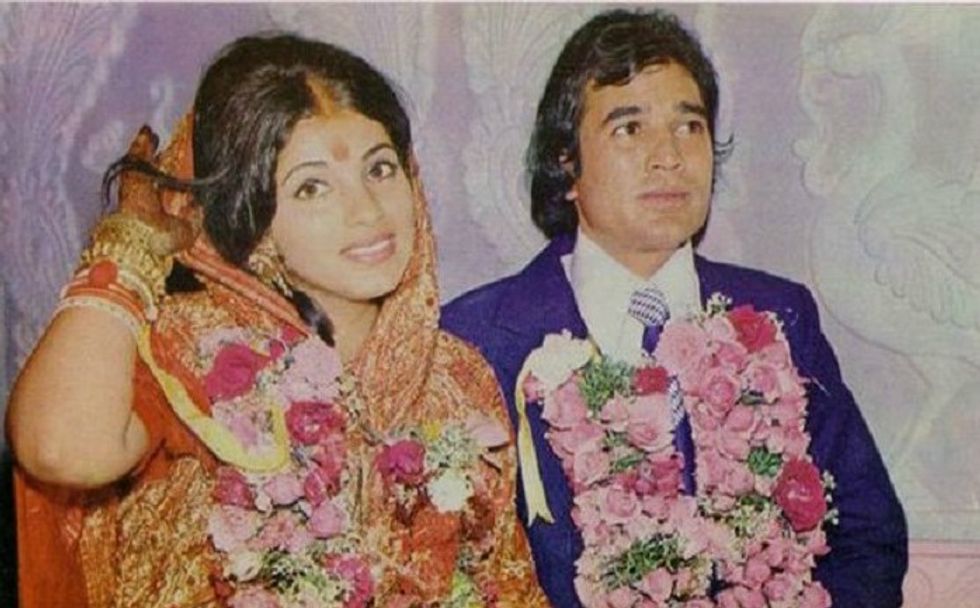
W is for Wedding: The actor dated actress Anju Mahendru for seven years, but ended things because she didn’t quit acting. Khanna was 31 when he married 15 year old actress Dimple Kapadia in March 1973, who quit acting before her super hit debut movie Bobby was released later that year. The couple had two daughters and separated in 1982, but never completed the official divorce proceedings.
X-pelled: Khanna was the first choice to star opposite Zeenat Aman in 1978 classic Satyam Shivam Sundaram but was replaced with Shashi Kapoor. Legend has it that Shammi Kapoor told his brother (director) Raj Kapoor not to cast Khanna because of how difficult he found him to work with on his own directorial outing Bundal Baaz (1976).
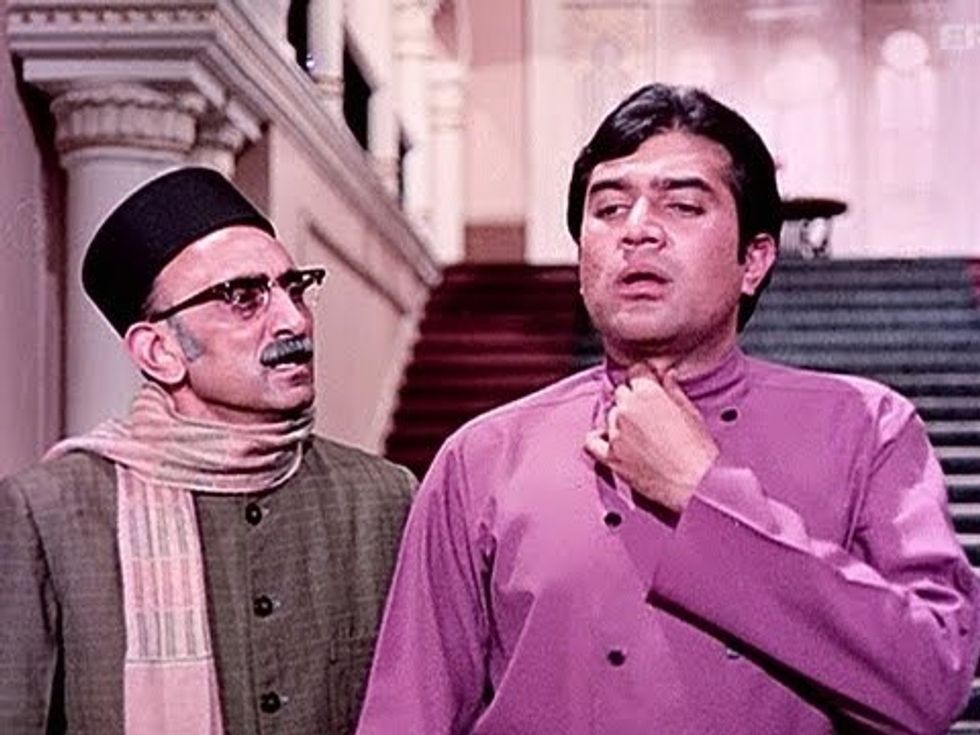
Y is for Yash Raj Films: Today Yash Raj Films is the most powerful production house in Bollywood. The first movie made under that banner was Daag: A Poem of Love (1973), which starred Khanna in the lead role and was a major success.
Z is for Zindagi Ek Safar Hai: Khanna made one of the all-time greatest guest appearances performing this song in hit movie Andaz (1971). He made such an impact with his performance that this top tune topped the charts and became one of Bollywood’s greatest anthems. It also helped turn the movie into a super hit. Despite him only making cameo, his photo was used huge on the posters. It was one of many impactful moments from a stunning cinema career.
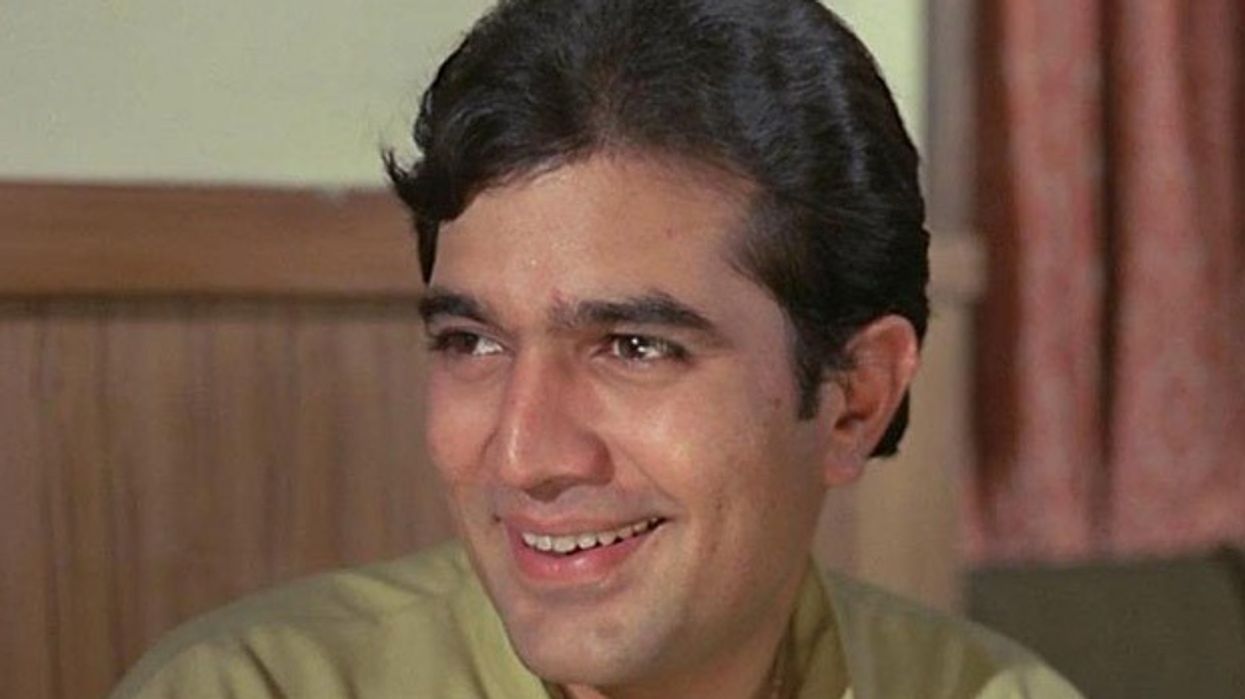




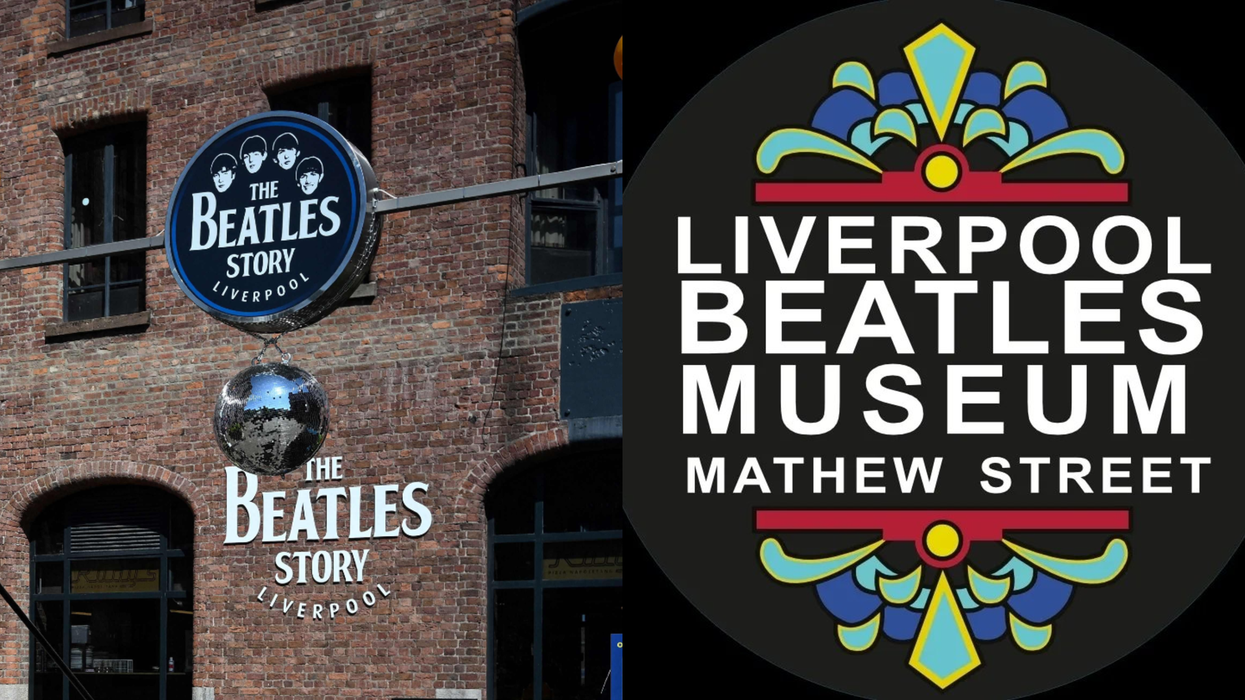
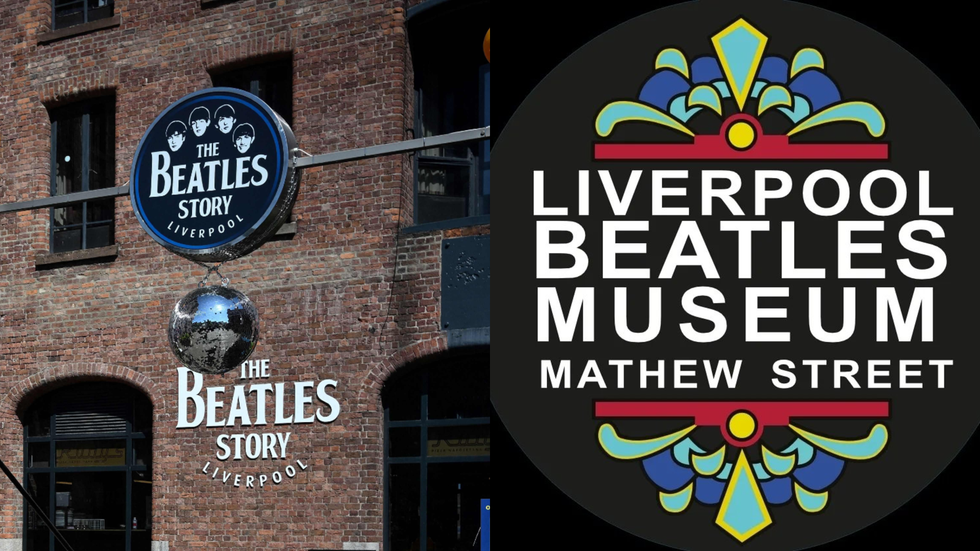 Liverpool Beatles Museum honours city’s overlooked heroes Getty Images/ Instagram/liverpoolbeatlesmuseum
Liverpool Beatles Museum honours city’s overlooked heroes Getty Images/ Instagram/liverpoolbeatlesmuseum 





